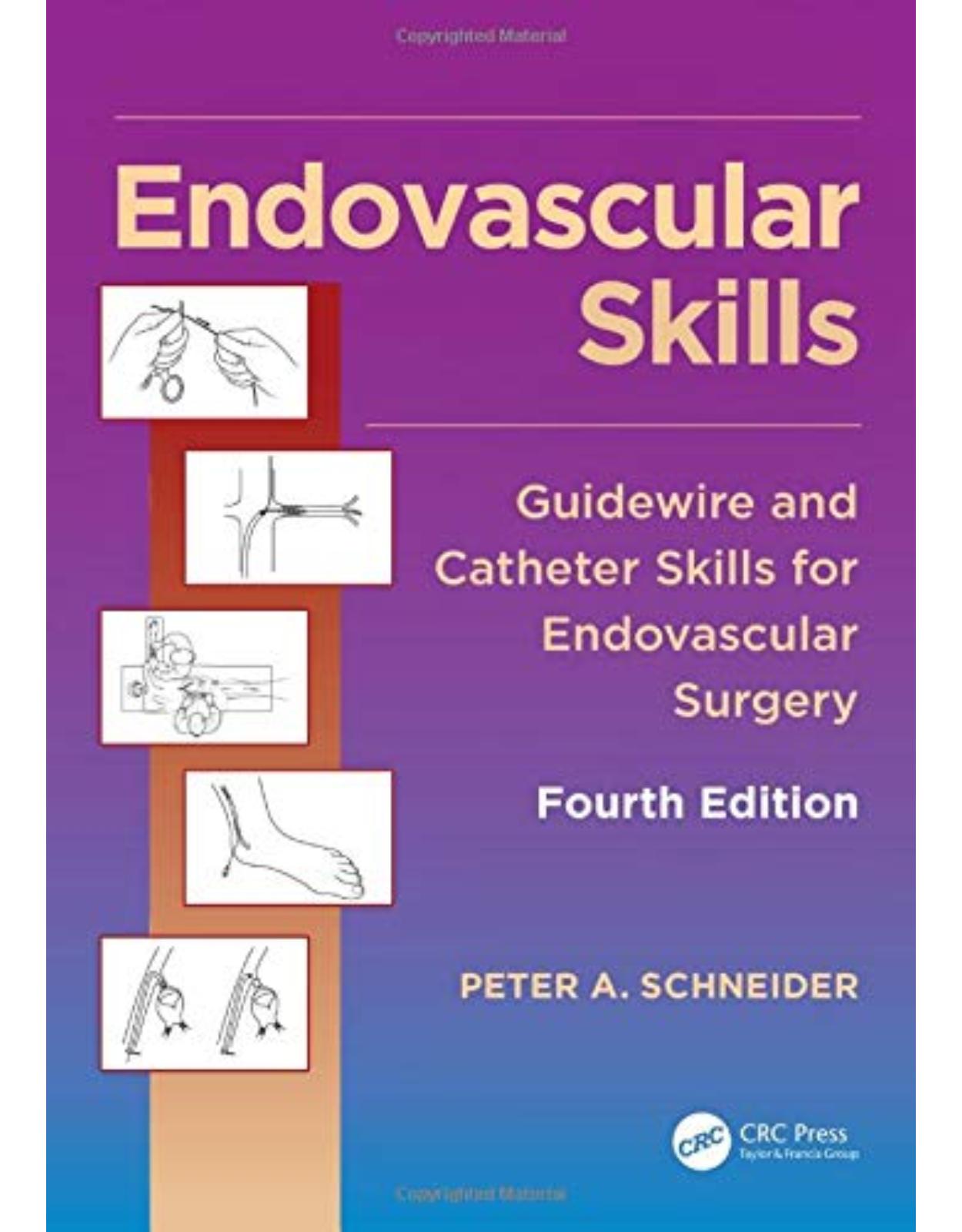
Endovascular Skills: Guidewire and Catheter Skills for Endovascular Surgery, Fourth Edition
Livrare gratis la comenzi peste 500 RON. Pentru celelalte comenzi livrarea este 20 RON.
Disponibilitate: La comanda in aproximativ 4 saptamani
Autor: Peter A. Schneider
Editura: CRC Press
Limba: Engleza
Nr. pagini: 467
Coperta: Hardcover
Dimensiuni: 18.03 x 3.05 x 25.65 cm
An aparitie: 5 Sept. 2019
Description:
Since the first edition of this text was published, endovascular technique has become a mainstay of vascular care, treating disease that would have previously required open surgery. This book provides a step-by-step approach to endovascular intervention and aims to assist clinicians in the development and refinement of skills that are now essential
Table of Contents:
Part I Catheter and guidewire skills
1 Case preparation
Endovascular skills in practice
Reinvention of vascular care
Setting yourself up for success
Sizing up the case
Prior to the puncture
Working environment
Equipment
Facilities and room setup
How pretreatment history and physical examination help to plan therapy
Pretreatment imaging
2 Safe and strategic vascular access
Overview of percutaneous access
Choosing your approach
Femoral anatomy for arterial access
Puncture guidance with ultrasound
Micropuncture technique
Percutaneous retrograde puncture of the femoral artery
Percutaneous antegrade puncture of the femoral artery
Percutaneous puncture of a pulseless femoral artery
Proximal access
Percutaneous puncture of the brachial artery
Alternative access to the lower extremity: Superficial femoral, popliteal, tibial, and pedal arterie
Percutaneous puncture of bypass grafts
Puncture site complications
Summary of puncture site options and closure strategy
3 Sheath access
Introduction
Basic access site step-by-step
Initial maneuvers to secure the access
How do you place a sheath?
When is a dilator needed?
Basic sizing issues
When to use fluoroscopy
About access sheaths
How do you decide when to place a larger access sheath?
When to abandon an access
Access in a hostile groin
4 Guidewire skills
Introduction
Mastering guidewires
What makes guidewires different from each other
Guidewire types in practice
When to abandon the chosen guidewire
Useful guidewire techniques to start tackling chronic total occlusion
Organizing your guidewires
5 Small platform guidewires and monorail systems
Development of small platform guidewires and monorail systems
How do monorail systems differ from coaxial systems?
What are the advantages and disadvantages of monorail systems?
Principles for the use of rapid exchange systems
Which platform is best for each task?
Which platform should you start the case with, and when should you switch from one platform to anoth
Maneuvers you can undertake with 0.14-inch and0.18-inch guidewires
6 Handling catheters
Introduction to catheters: Exchange, flush, and selective catheters
Which angiographic catheter should you use?
Catheter head shape determines function
Describing catheter behavior
Handling catheters
7 Guidewire and catheter passage
The goal of the procedure determines the course of the guidewirecatheter apparatus
Guidewire and catheter combinations
Where does the guidewire naturally want to go?
Passing through diseased arteries
Negotiating tortuous arteries
Remote puncture site
How to change the plan if the catheter will not pass and you have tried everything
How do you decide if disease encountered on the pathway to treat the target lesion also needs to be
8 Imaging: The key to success
Imaging and best therapy are intricately linked
Image quality
Generating an X-ray image
Digital subtraction arteriography
Imaging technique for best resolution
Road mapping: How it works and when to use it
Automated power injector
Power injection versus contrast administration by hand
Contrast agents
How do you know where you are?
Radiation safety and occupational health issues
Radiographic equipment
Radiographic terms
Radiation exposure
9 Selective catheterization
Many catheter choices but few basic shapes
Selective catheterization of the brachiocephalic arteries
Selective catheterization of the visceral and renal arteries
Selective catheterization of the aortoiliac arteries
Selective catheterization of the infrainguinal arteries
Selective catheterization of prosthetic bypass grafts
Aberrant anatomy to consider
10 Principles of arteriography
Arteriography is strategic, not diagnostic
The future of arteriography
Supplies for arteriography
Planning for strategic arteriography
Questions to consider before arteriography
Evaluation before angiography
Deciding where to puncture
Catheter placement
Contrast administration and image acquisition
Arteriography sequences
11 Arteriography of the vascular beds
Arteriography of the brachiocephalic arteries
Thoracic aortography
Arteriography of the visceraland renal arteries
Arteriography of the infrarenal arteries
Lesion interrogation: Specialviews
Carbon dioxide arteriography
Pressure measurement
Arteriography of aneurysms
Intravascular ultrasound
Part II Endovascular therapy
12 Endovascular workshop
Where we work determines what we can do
Operating room versus special procedures suite versus catheterization laboratory
Stationary versus portable imaging systems
The ideal vascular workshop
13 Medications for endovascular therapy
Sedation and analgesia
Local anesthetic
Prophylaxis with antibiotics
Anticoagulation
Heparin alternatives: Direct thrombin inhibitors
Antiplatelet agents
Thrombolysis
Vasodilators
Contrast allergies
Practical advice for intraoperative problems
14 Access for endovascular therapy
Make access as simple as possible
Create a platform from which to work
Sizing considerations
What fits into what?
General principles of sheath placement during therapy
When to avoid using your initial access site for therapy
When do you use a guiding sheath versus a guiding catheter?
How do you know if the sheath is following the exchange wire?
Uses for upper extremity access
Sheath placement in remote branch arteries
15 Setting up the therapeutic maneuver: Crossing lesions
Introduction
Three types of lesions
Need for support and directionality
Crossing stenoses
16 Crossing challenging lesions
Arteriography of occluded arteries
Crossing occlusions
Tools for crossing occlusions
Subintimal angioplasty
Crossing occlusions in various vascular beds
When to approach from the other direction: Retrograde access
Crossing calcified lesions
Crossing really long lesions
What to do after the wire is across
Anatomic manipulations can assist in guidewire or device passage
17 Balloon angioplasty: Minimally invasive autologous revascularization
Balloon dilation causes dissection
About balloon catheters
The angioplasty procedure
Balloon selection
When to use a monorail system
Supplies for percutaneous balloon angioplasty
Sheath selection and placement
Balloon preparation and placement
Heparin administration during intervention
Balloon inflation
Balloon removal and completion arteriography
18 More about balloon angioplasty: Keeping out of trouble
Keeping out of trouble is simpler than getting out of trouble
What is the strategy for managing multiple lesions?
Which lesions should be predilated?
Which lesions are most likely to embolize?
What about postangioplasty dissection?
When to use kissing balloons
Pain during balloon angioplasty
What about spasm?
Preventing puncture site thrombosis
Balloon angioplasty troubleshooting
Technique: Solving angioplasty problems
Management of arterial rupture
Management of embolization
Management of acute occlusion
Technical aspects of balloon angioplasty in different vascular beds
Assessing the acute results of balloon angioplasty
19 Stents, covered stents, stentgrafts
Impact of stents
Stent choices
Covered stents
Indications for stents: Primary or selective stent placement
Which lesions should be stented?
Residual stenosis after angioplasty
Placement technique for balloon-expandable stents
Placement technique for self-expanding stents
Placement technique for covered stents
Which stent for which lesion?
How to select the best stent for the job
Tricks of the trade
Acute complications of stent placement
Chronic complications of stent placement
20 Other devices and how to use them
Microcatheters
Re-entry catheters
Chronic total occlusion catheters and crossing catheters
Atherectomy
Laser
Drug-coated balloons and drug-eluting stents
Cutting, scoring, and cryoplasty balloons
Peripheral stentgrafts
Thrombectomy and thrombolysis
Distal embolic filters
Part III Therapy in specific vascular beds
21 Brachiocephalic interventions
Introduction
Arch assessment
Innominate and common carotid artery
Assessment of arch branch lesions
Principal techniques
Transfemoral approach to the common carotid artery
Carotid bifurcation stent placement
Open cell, closed cell, and mesh covered carotid stents
Distal and proximal protection devices for transfemoral carotid stenting
Transcervical approach to carotid stenting
Retrograde approach to the common carotid artery
The subclavian and axillary arteries
22 Visceral and renal artery interventions
Approach to the visceral arteries
Celiac and superior mesenteric artery angioplasty and stenting
Renal angioplasty and stenting
23 The infrarenal aorta, aortic bifurcation, and iliac arteries: Advice about balloon angioplasty an
Introduction
Aorta
Aortic bifurcation
Iliac artery
Ipsilateral retrograde approach to the iliac artery
Contralateral approach to the iliac artery
Self-expanding versus balloon-expandable stents for the aortoiliac segment
Use of covered stents
Access related issues
24 The infrainguinal arteries: Advice about balloon angioplasty and stent placement
Introduction
Superficial femoral and popliteal arteries
Ipsilateral antegrade approach to the superficial femoral and popliteal arteries
Up-and-over approach to the superficial femoral and popliteal arteries
Access related issues: Difficult up-and-over approach to the superficial femoral and popliteal arter
Tibial artery occlusive disease: Angioplasty and stenting
25 Complex lower extremity revascularization
Aortoiliac occlusive disease
Femoralpopliteal occlusive disease
Tibial artery occlusive disease
Angiosomes of the lower leg and foot
26 Salvage of previous reconstructions
Introduction
Previous endovascular reconstruction
Managing occluded stents
Infrainguinal bypass graft
Extra-anatomic bypasses: Axillofemoral and femoralfemoral
Reconstructions for aortoiliac disease: Aortofemoral, iliofemoral, and aortoiliac bypasses
27 Hybrid procedures
Principles of hybrid procedures
Technical points for performing hybrid procedures
Iliac stent and femoral endarterectomy
Femoral endarterectomy plus distal intervention
28 Technical aspects of treating aortic aneurysms
Introduction
Imaging
Open access or percutaneous access of femoral arteries
Percutaneous large bore access using the pre-close technique
Closure of large bore access
Managing bad iliac arteries
Conduits
Endograft placement
Cannulation of the contralateral gate
Balloon angioplasty after endograft placement
Postplacement stenting of iliac arteries
Management of a difficult aortic neck
Endovascular graft treatment of a ruptured abdominal aortic aneurysm
Hybrid procedures associated with aortic disease: Arch debranching
Management of endoleaks after endovascular abdominal aortic aneurysm repair
29 Coiling of peripheral aneurysms
Coils
Vessel occluders
Endovascular management of a popliteal aneurysm
30 Puncture site management
Obtaining hemostasis
Holding pressure
Timing the sheath removal
Closure devices
Managing puncture site complications
Selected reading
Appendix: Trade/registered/generic names plus current manufacturers
Index
| An aparitie | 5 Sept. 2019 |
| Autor | Peter A. Schneider |
| Dimensiuni | 18.03 x 3.05 x 25.65 cm |
| Editura | CRC Press |
| Format | Hardcover |
| ISBN | 9781482217377 |
| Limba | Engleza |
| Nr pag | 467 |

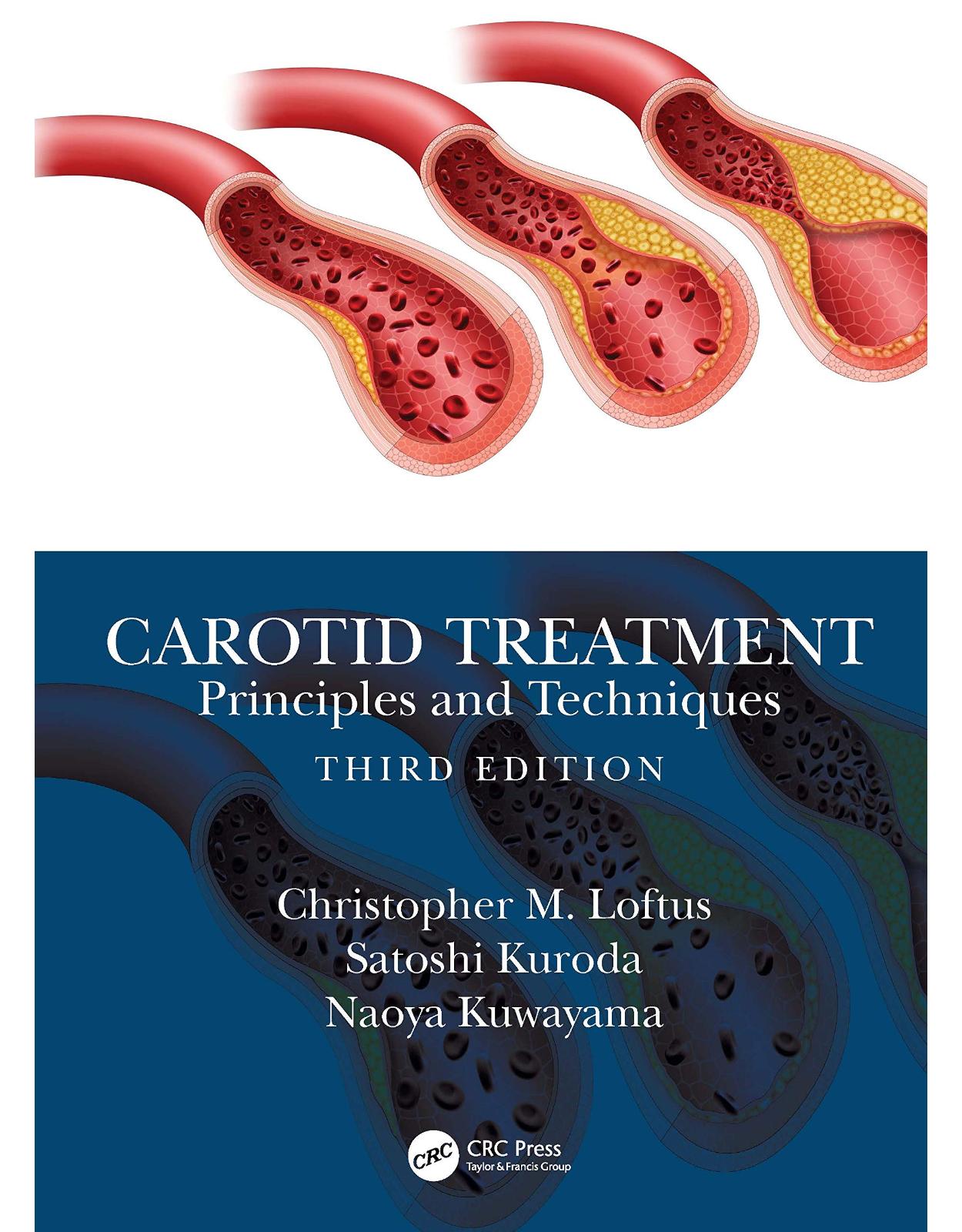
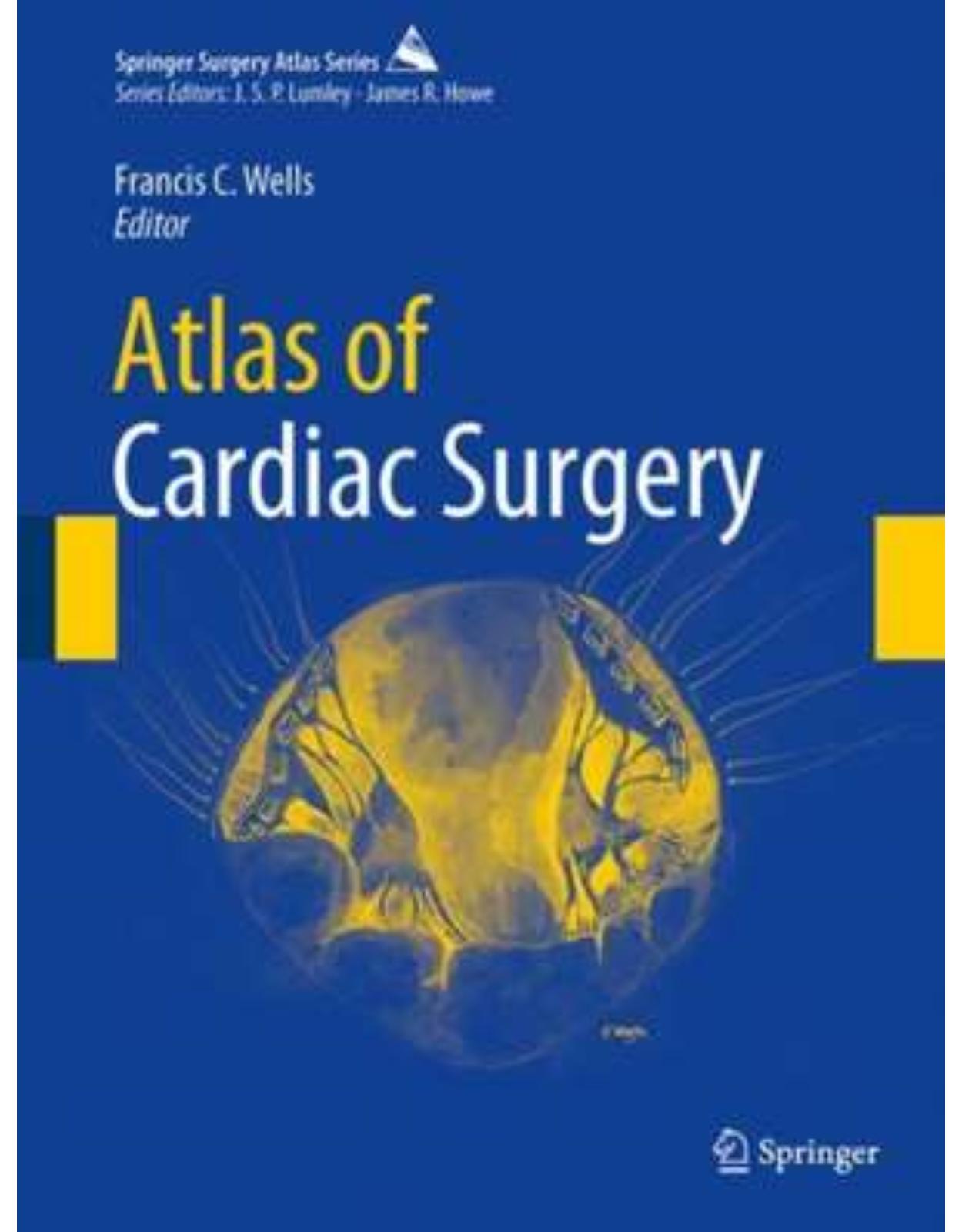
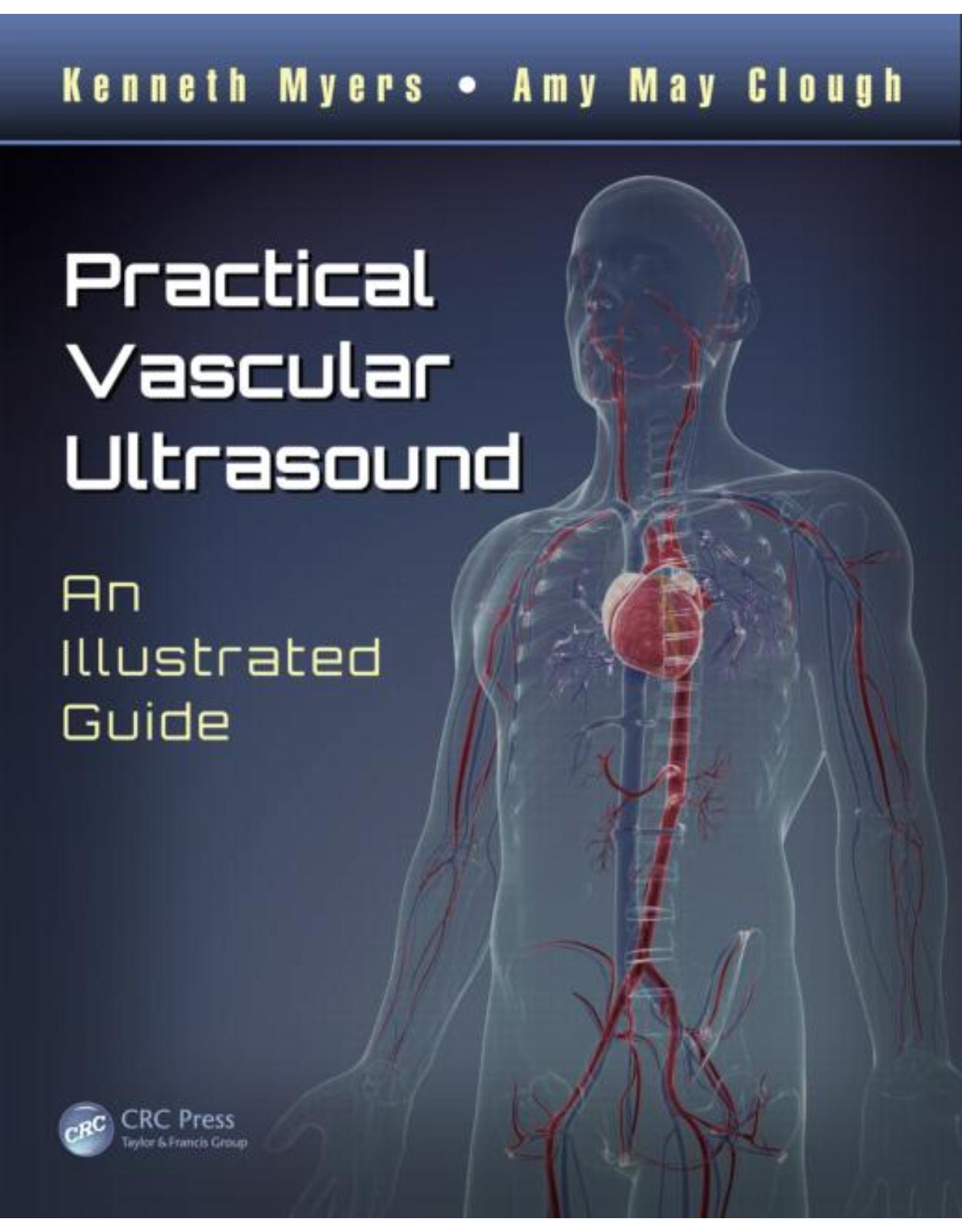
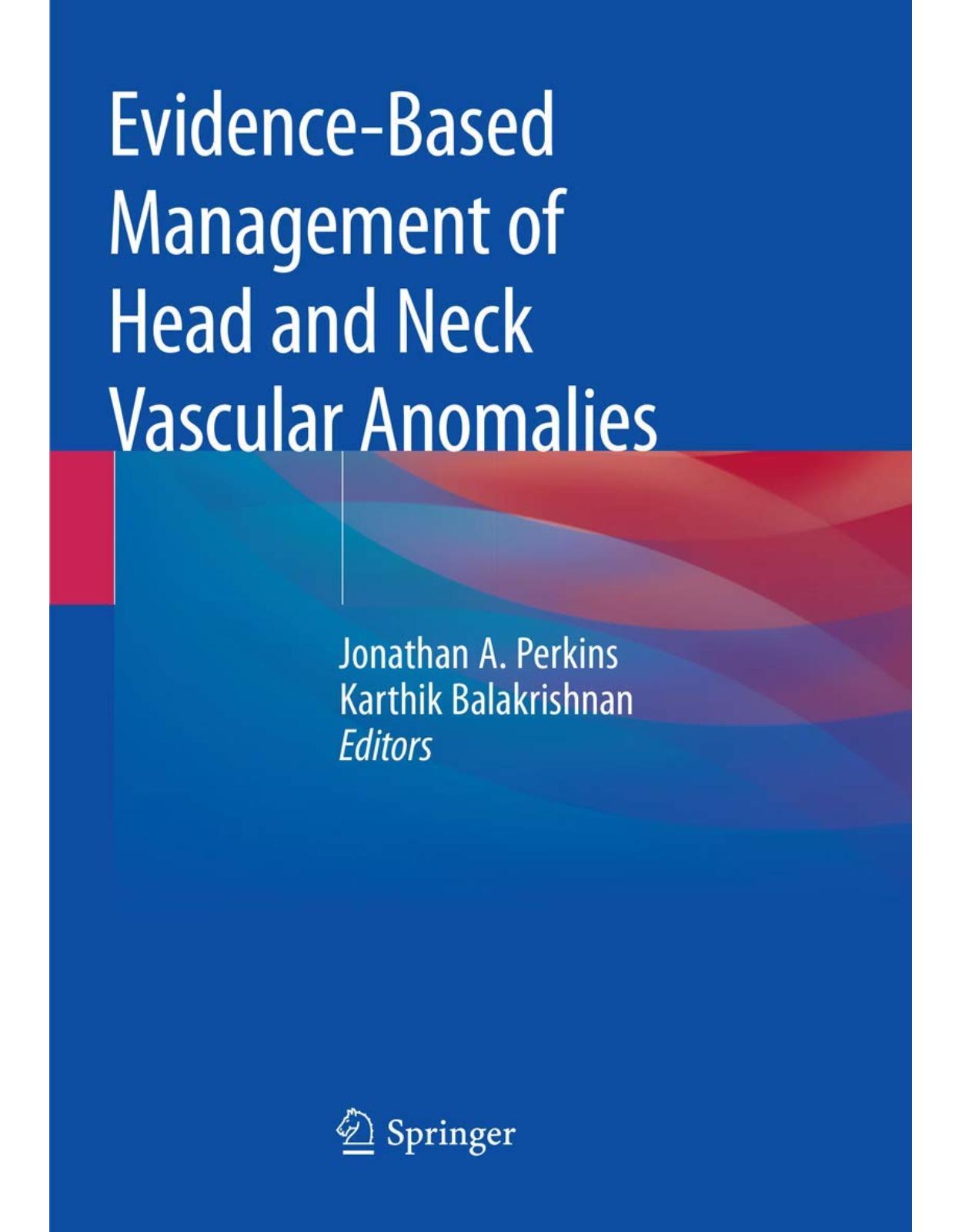
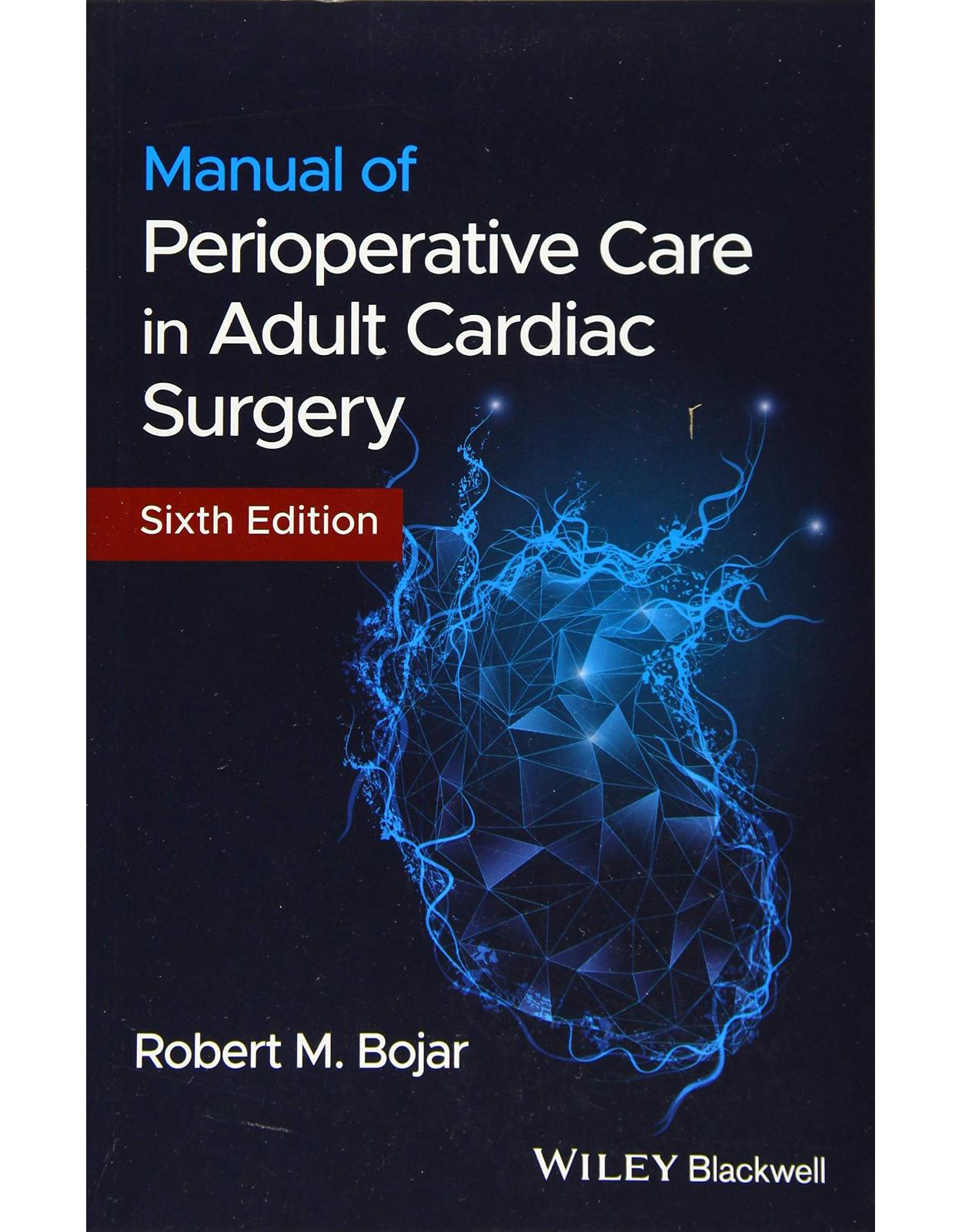
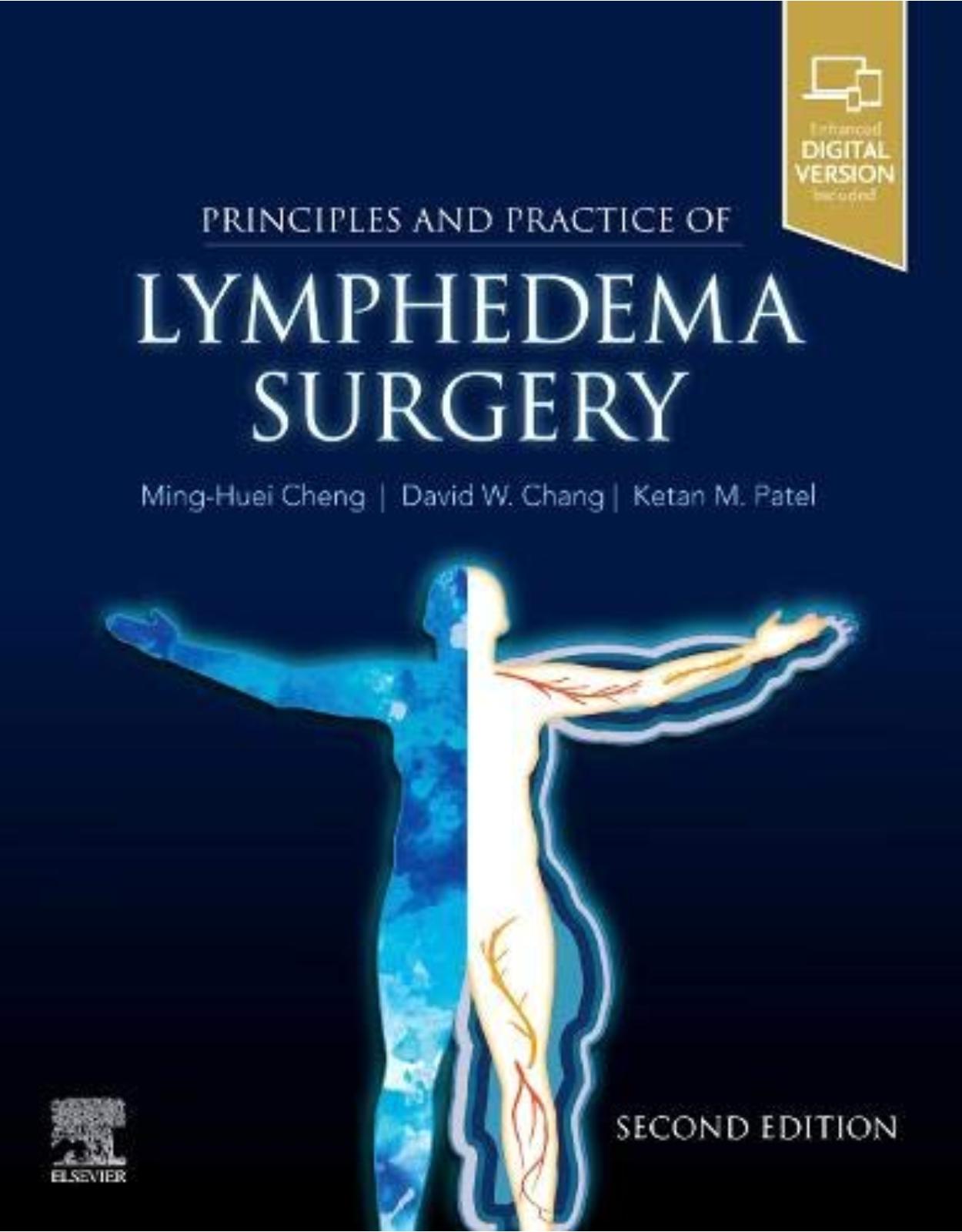
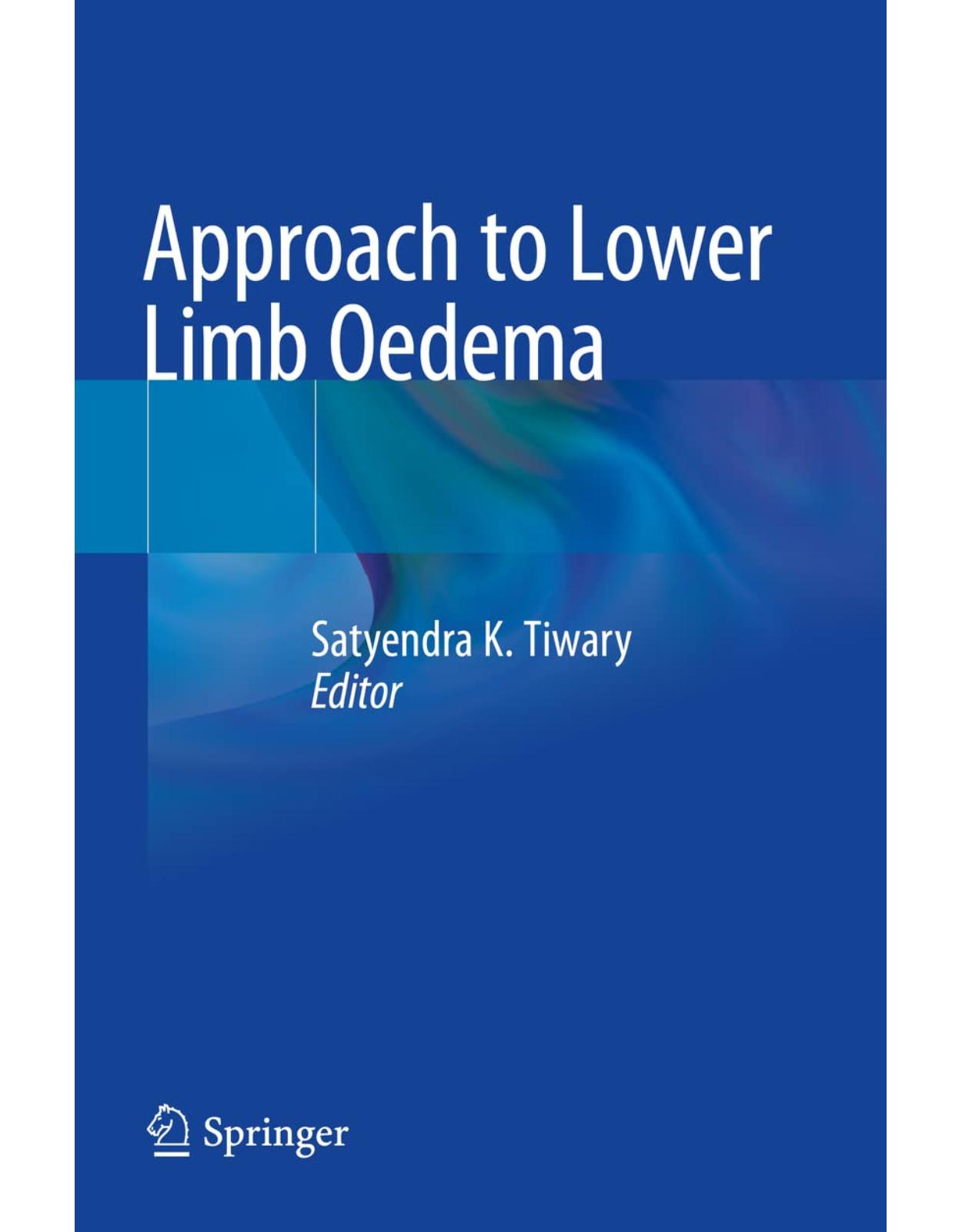
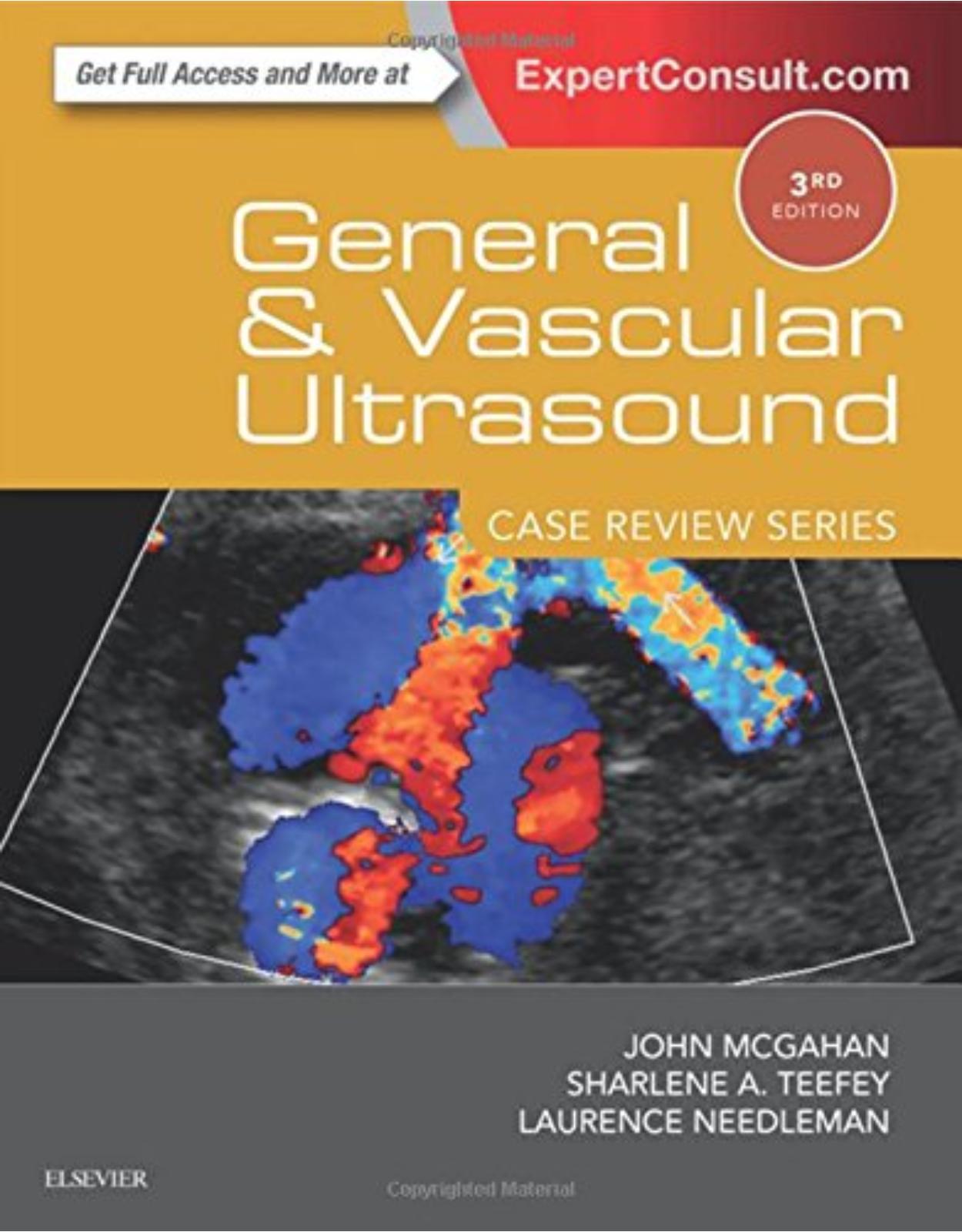
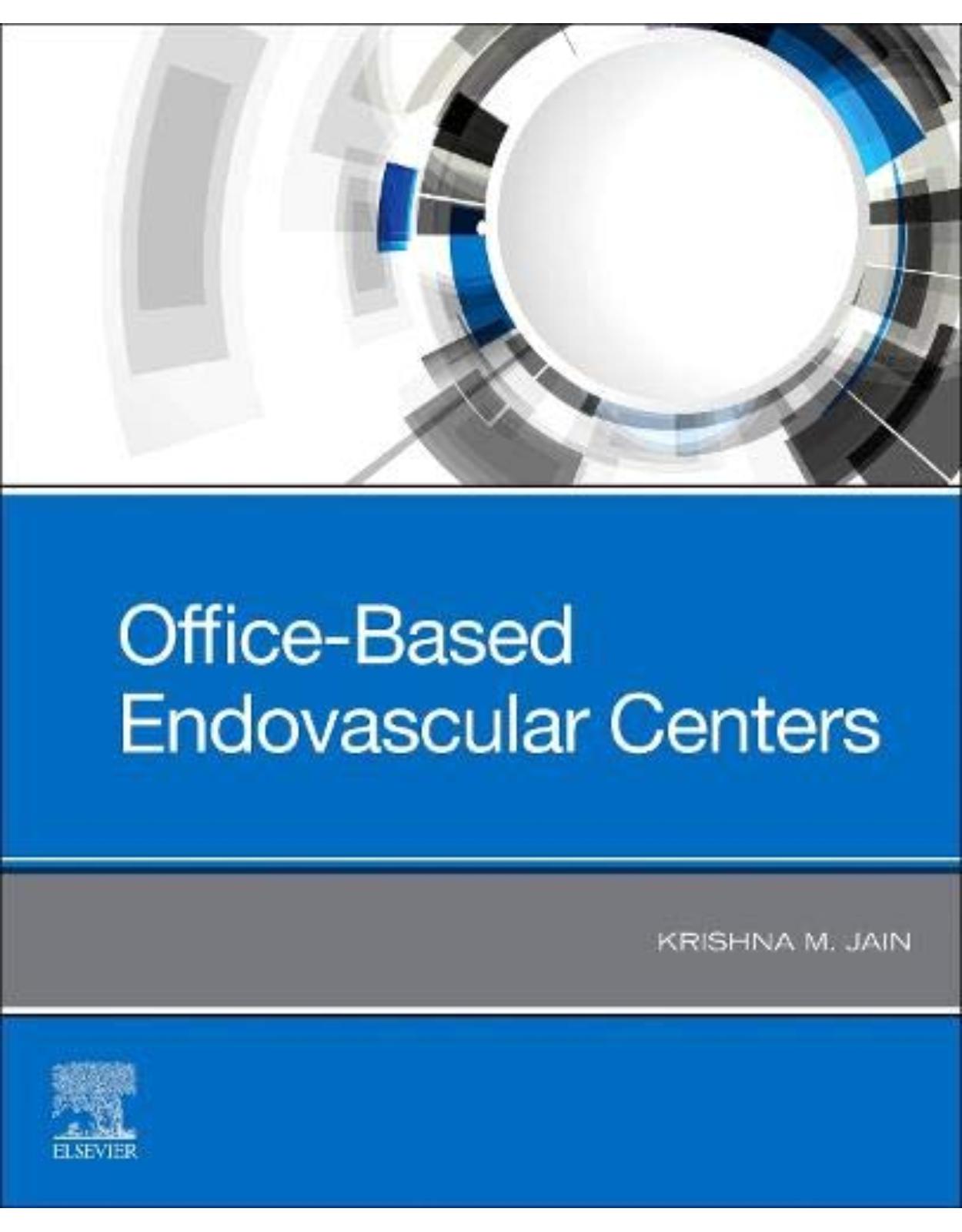

Clientii ebookshop.ro nu au adaugat inca opinii pentru acest produs. Fii primul care adauga o parere, folosind formularul de mai jos.